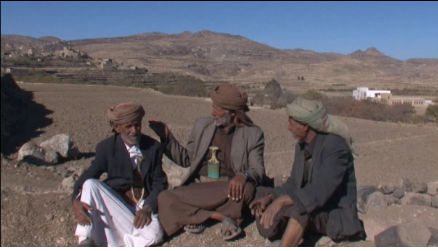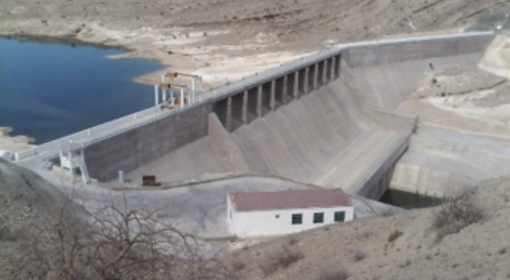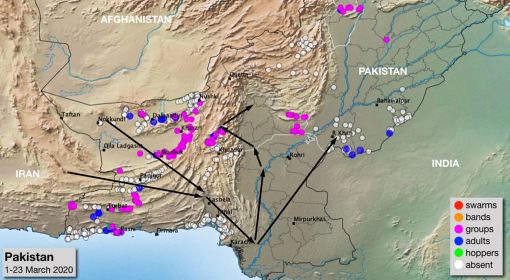posted by Ahmed Albakri, Bothinah Albakri, Sharafuddin A. Saleh and Frank van Steenbergen
February 18, 2013

Cactus is a miracle plant. It grows in arid areas where no other fruit ‘fears to tread.’ During the most severe droughts, the dried pads are the lifeline of cattle that have no other means of support. Cactus is a regular feature in dry areas, from Mexico to Morocco.
For a long time the Indian fig cactus (opuntia ficus-indica) was considered a wild crop, at best grown as a live fence. In Yemen, for instance, cactus was popular mainly as an extra defense around fortified houses. In a few decades, this has all changed: opuntia cactus fruits are now recognized for the delicacy of their taste and in the last ten years the juice has founds its way to the global supermarket shelves.
 In Yemen, commercial cultivation started 40 years ago and thanks pretty much to one man: Ahmed Motahar. Having worked for nearly twenty years abroad in commercial agriculture, he looked for new farming opportunities upon his return to the country in 1967. He settled on cactus, for it was most suitable in a natural environment defined by water scarcity.
In Yemen, commercial cultivation started 40 years ago and thanks pretty much to one man: Ahmed Motahar. Having worked for nearly twenty years abroad in commercial agriculture, he looked for new farming opportunities upon his return to the country in 1967. He settled on cactus, for it was most suitable in a natural environment defined by water scarcity.
In Ghayman in Sanhal District (Sana’a Governerate), he started the first cactus farm cultivating 4 ha of fig cactus. This was unheard of as previously the fruits were at best collected wildly. Ahmed Motahar also went a step further and set up a market chain: peeling the finely thorned fruits and selling them in one kilogram hygienic plastic bags at his own streetside outlets. The slogans he used were remarkable, for example: ‘Figs with the Yemeni tie and belt are better than honey and cheaper than onions.’


As profits rose, new lands in Ghayman were developed for the fig cactus while the area under the top crop, the groundwater guzzling qat (the mild stimulant crop that is the main crop all over highland Yemen) did not increase. The cultivation of cactus also spread beyond Ghayman, with other farmers imitating Ahmed Motahar’s cultivation techniques. One problem was the large quantity of cactus pads that remained after thinning (see image above). In 2005, a successful experiment was started to convert these pads into compost and waste was turned into an asset.
Moreoever, new products were developed: juice, jam and the packaging of the fresh fruits in appealing boxes. In addition a market developed for cactus seeds, for fodder from the pads and for the compost from the waste material.
In the last ten years the ‘dry’ fig cactus has made a steady march. It has replaced qat in Ghayman: more than 80% of the 800 ha is now under fig cactus. Ahmed Motahar’s village is now one of the bright spots – suggesting that changing to crops that demand less water can bring high returns. Moreover, unseemingly as it appears on the outside, cactus holds much appeal as a cash crop in other dry areas where it appears almost naturally.
{jcomments on}



